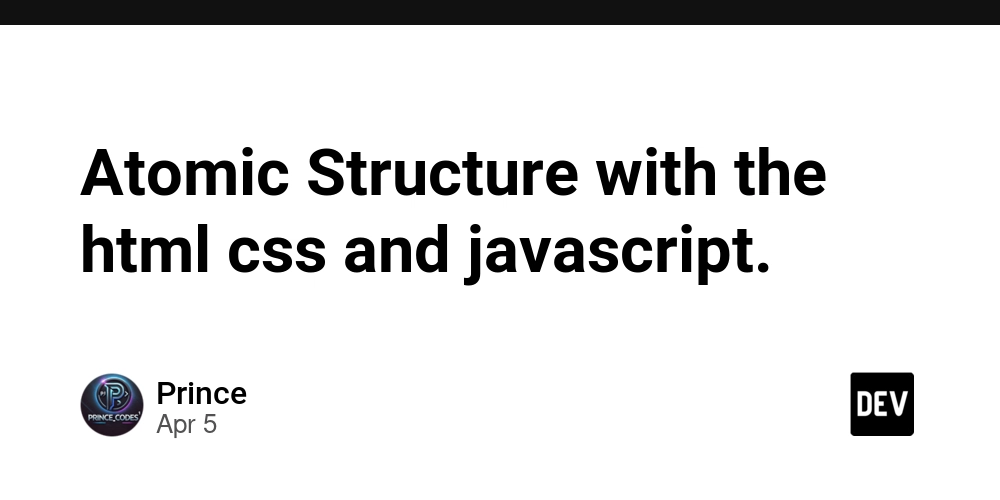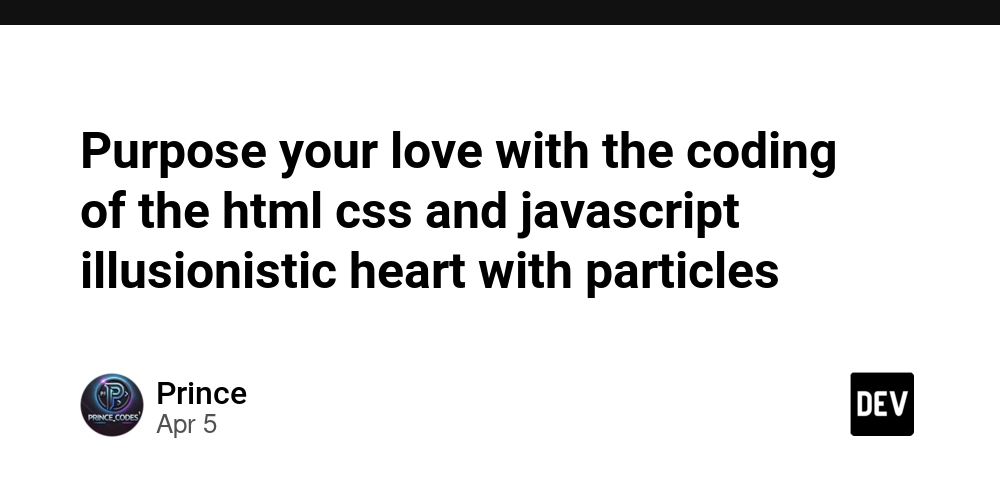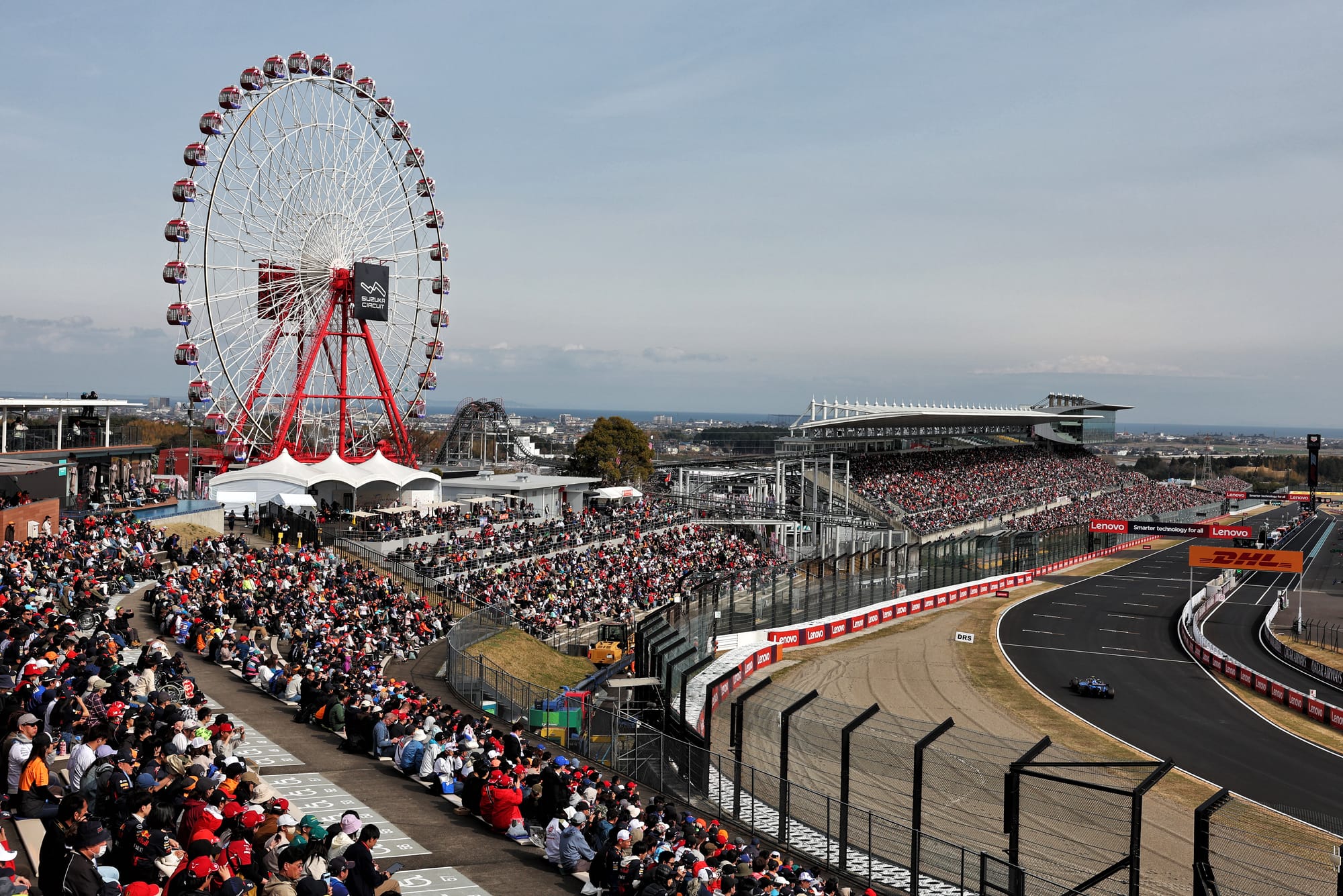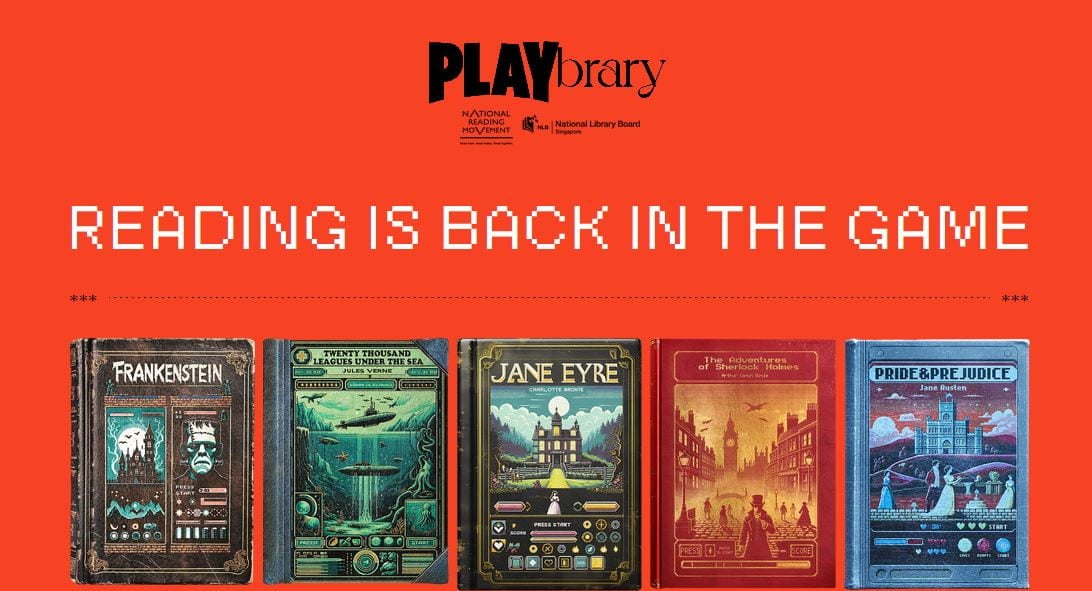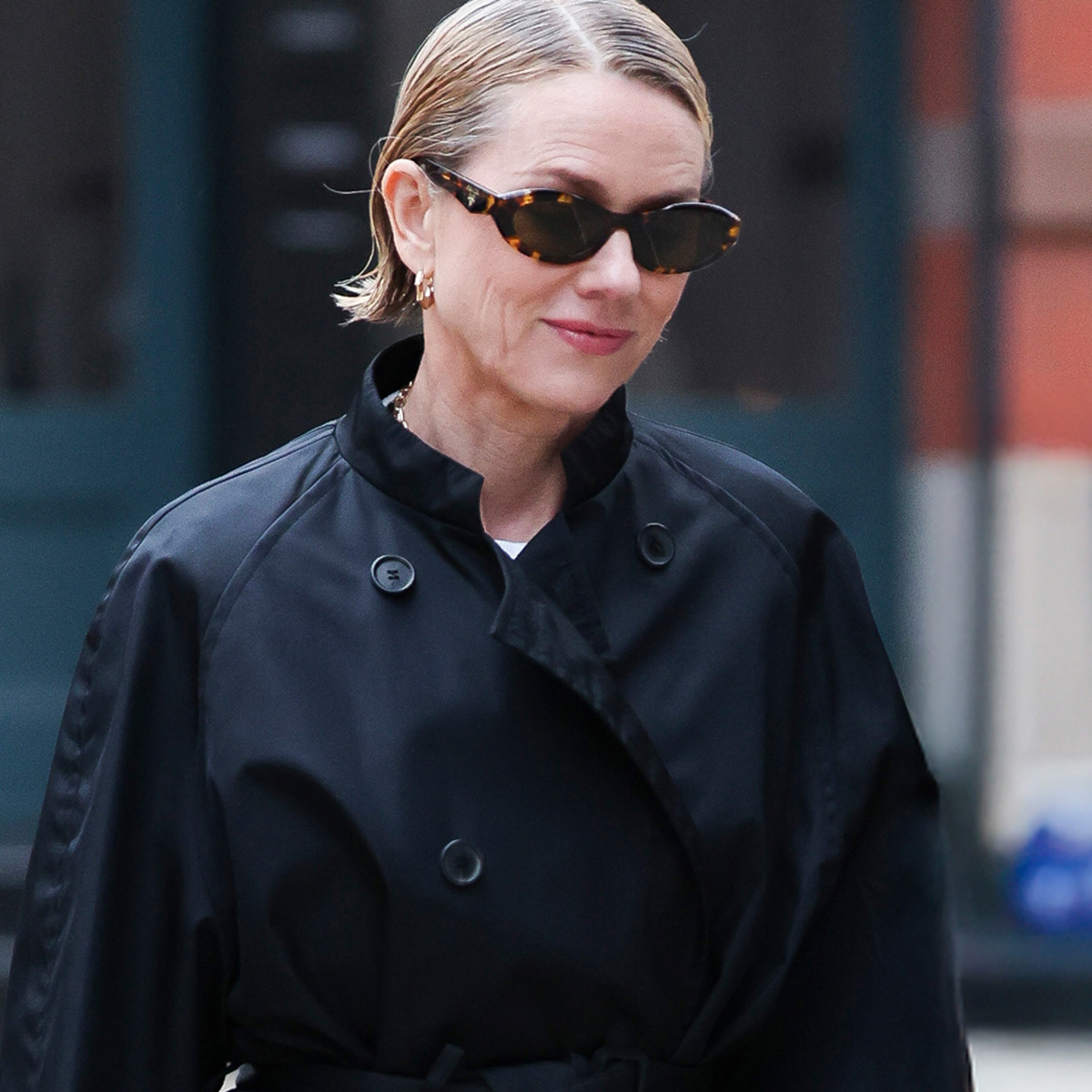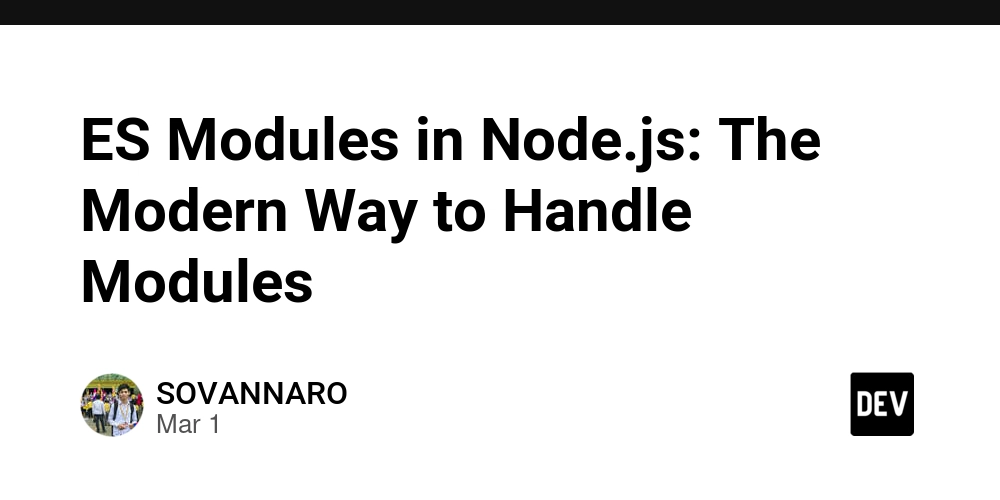Creating a ToDo App with Nolang
In this tutorial, we'll create a simple ToDo app using Nolang. We'll cover setting up the project, defining the schema, configuring the endpoints, and creating a basic front-end to interact with the app. Prerequisites Before you start, make sure you have the following installed on your machine: Nolang A code editor (e.g., VS Code) Step 1: Set Up the Project Create a new directory for your project and navigate into it: mkdir todo-app cd todo-app Step 2: Define the App Configuration Create a file named app.json5 and define the schema for the ToDo items, storage configuration, and endpoints: { name: "ToDo sample app", schemas: [ { "$id": "todo", "type": "object", "properties": { "who": { "type": "string", "title": "Doer of Task" }, "what": { "type": "string", "title": "What to do" }, "done": { "type": "boolean", "title": "Is done?", "default": false } }, "required": ["who", "what"] } ], storage: { adapter: "json", path: "data/todos.json" }, endpoints: [ { type: 'http', static: './public', port: 1000, routes: [ { path: '/', method: 'post' } ] } ] } Step 3: Create the Data Directory Create a directory named data and an empty JSON file to store the ToDo items: mkdir data echo "{\"todo\": []}" > data/todos.json Step 4: Create the Front-end Create a directory named public and an index.html file inside it. This file will serve as the front-end for interacting with the ToDo app: ToDo by Nolang ToDo List Id Who What Done Clear Add ToDo Add function send(command) { return fetch('/', { method: 'POST', headers: { 'Accept': 'application/json, text/plain, */*', 'Content-Type': 'application/json' }, body: JSON.stringify(command) }).then(res => res.json()); } const todolist = document.getElementById('todolist'); function addToDoToTable(todo) { const newRow = todolist.insertRow(); newRow.insertCell().innerText = todo.$$objid; newRow.insertCell().innerText = todo.who; newRow.insertCell().innerText = todo.what; newRow.insertCell().innerHTML = ``; } function addTodo() { send({ $$schema: 'todo', $$header: { action: 'C' }, who: document.getElementById('who').value, what: document.getElementById('what').value }).then(res => { addToDoToTable(res); }); } function loadTodos() { send({ $$schema: 'todo', $$header: { action: 'R' } }).then(res => { todolist.innerHTML = ''; res.forEach(todo => { addToDoToTable(todo); }); }); } function doneTodo(t, todoid) { send({ $$schema: 'todo', $$header: { action: 'U', filter: { $$objid: todoid } }, done: t.checked }); } function clearTodos() { send({ $$schema: 'todo', $$header: { action: 'D', filter: { done: true } } }).then(() => { loadTodos(); }); } loadTodos(); Step 5: Run the App Start the Nolang app with the following command: nolang app.json5 Step 6: Open the App in a Browser Navigate to http://localhost:1000 in your web browser. You should be able to add, view, update, and delete todos using the interface provided in index.html. Explanation of Nolang Scripts and JSON Payloads Nolang app configuration defines the app schema, storage, and endpoints. Schema Definition: $id: Identifier for the schema. type: The data type (object in this case). properties: The fields for the schema. required: Mandatory fields. Storage Configuration: adapter: The storage method (JSON file in this case). path: The path to the storage file. Endpoints: type: The type of endpoint (HTTP in this case). static: The directory for static files. port: The port number for the server. cors: Cross-origin resource sharing configuration. routes: The HTTP routes. JSON Payloads for CRUD Operations Create (C): Add a new todo item. { "$$schema": "todo", "$$header": { "action": "C
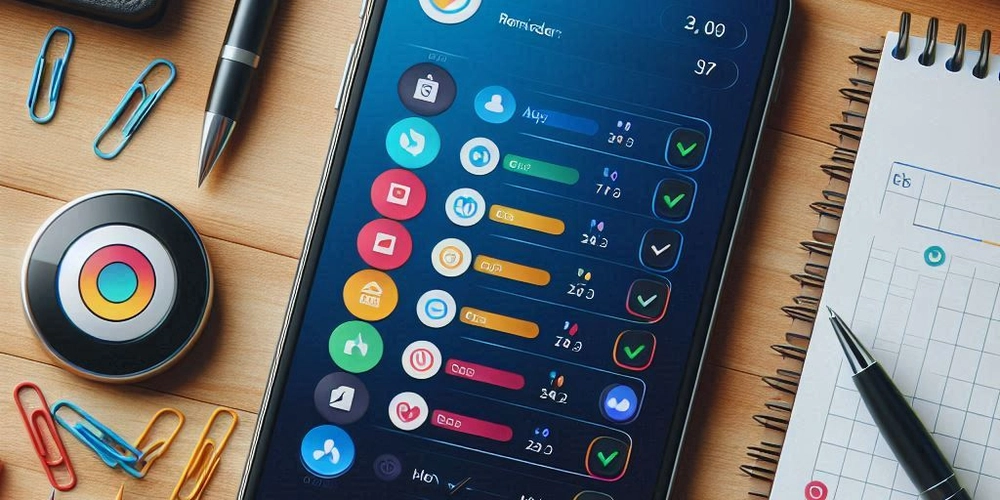
In this tutorial, we'll create a simple ToDo app using Nolang. We'll cover setting up the project, defining the schema, configuring the endpoints, and creating a basic front-end to interact with the app.
Prerequisites
Before you start, make sure you have the following installed on your machine:
- Nolang
- A code editor (e.g., VS Code)
Step 1: Set Up the Project
Create a new directory for your project and navigate into it:
mkdir todo-app
cd todo-app
Step 2: Define the App Configuration
Create a file named app.json5 and define the schema for the ToDo items, storage configuration, and endpoints:
{
name: "ToDo sample app",
schemas: [
{
"$id": "todo",
"type": "object",
"properties": {
"who": {
"type": "string",
"title": "Doer of Task"
},
"what": {
"type": "string",
"title": "What to do"
},
"done": {
"type": "boolean",
"title": "Is done?",
"default": false
}
},
"required": ["who", "what"]
}
],
storage: {
adapter: "json",
path: "data/todos.json"
},
endpoints: [
{
type: 'http',
static: './public',
port: 1000,
routes: [
{
path: '/',
method: 'post'
}
]
}
]
}
Step 3: Create the Data Directory
Create a directory named data and an empty JSON file to store the ToDo items:
mkdir data
echo "{\"todo\": []}" > data/todos.json
Step 4: Create the Front-end
Create a directory named public and an index.html file inside it. This file will serve as the front-end for interacting with the ToDo app:
</span>ToDo by Nolang<span class="nt">
href="https://cdn.jsdelivr.net/npm/bootstrap@5.0.2/dist/css/bootstrap.min.css" rel="stylesheet">
class="container p-5">
ToDo List
class="table">
Id
Who
What
Done
id="todolist">
class="btn btn-danger float-end" onclick="clearTodos()">Clear
class="border p-4 bg-light mt-4">
Add ToDo
id="who" class="form-control mb-2" placeholder="Who">
id="what" class="form-control mb-2" placeholder="What">
class="btn btn-primary float-end" onclick="addTodo()">Add
Step 5: Run the App
Start the Nolang app with the following command:
nolang app.json5
Step 6: Open the App in a Browser
Navigate to http://localhost:1000 in your web browser. You should be able to add, view, update, and delete todos using the interface provided in index.html.
Explanation of Nolang Scripts and JSON Payloads
Nolang app configuration defines the app schema, storage, and endpoints.
-
Schema Definition:
-
$id: Identifier for the schema. -
type: The data type (object in this case). -
properties: The fields for the schema. -
required: Mandatory fields.
-
-
Storage Configuration:
-
adapter: The storage method (JSON file in this case). -
path: The path to the storage file.
-
-
Endpoints:
-
type: The type of endpoint (HTTP in this case). -
static: The directory for static files. -
port: The port number for the server. -
cors: Cross-origin resource sharing configuration. -
routes: The HTTP routes.
-
JSON Payloads for CRUD Operations
- Create (C): Add a new todo item.
{
"$$schema": "todo",
"$$header": {
"action": "C",
"debug": true
},
"who": "John Doe",
"what": "Finish writing report",
"done": false
}
- Read (R): Retrieve todo items.
{
"$$schema": "todo",
"$$header": {
"action": "R",
"debug": true
}
}
- Update (U): Update a todo item.
{
"$$schema": "todo",
"$$header": {
"action": "U",
"debug": true,
"filter": {
"$$objid": "12345"
}
},
"done": true
}
- Delete (D): Delete completed todo items.
{
"$$schema": "todo",
"$$header": {
"action": "D",
"filter": {
"done": true
}
}
}
Conclusion
You have now created a simple ToDo app using Nolang. This tutorial covered setting up the project, defining the schema, configuring endpoints, and creating a basic front-end. Feel free to enhance the app by adding more features or customizing it to fit your needs.
If you have any questions or need further assistance, feel free to ask!



![[FREE EBOOKS] The Kubernetes Bible, The Ultimate Linux Shell Scripting Guide & Four More Best Selling Titles](https://www.javacodegeeks.com/wp-content/uploads/2012/12/jcg-logo.jpg)
